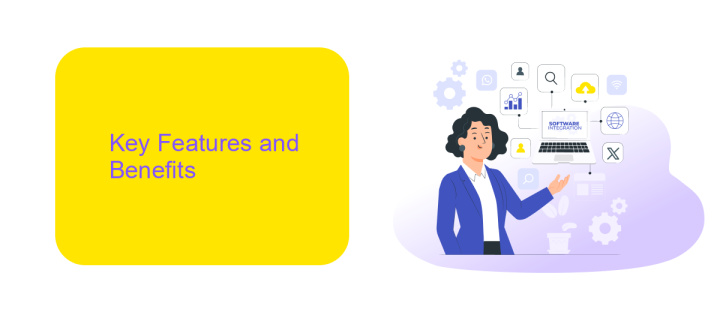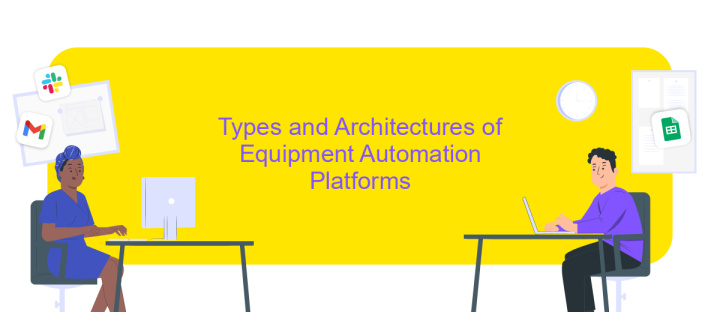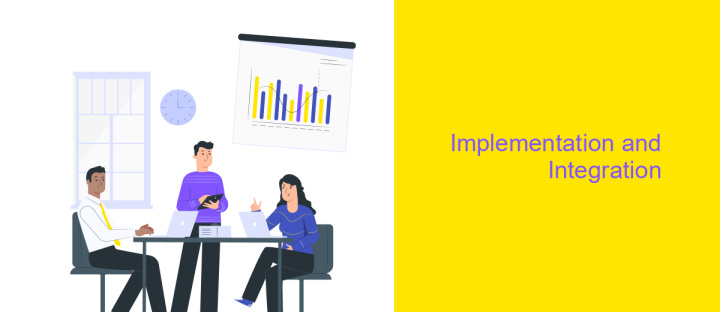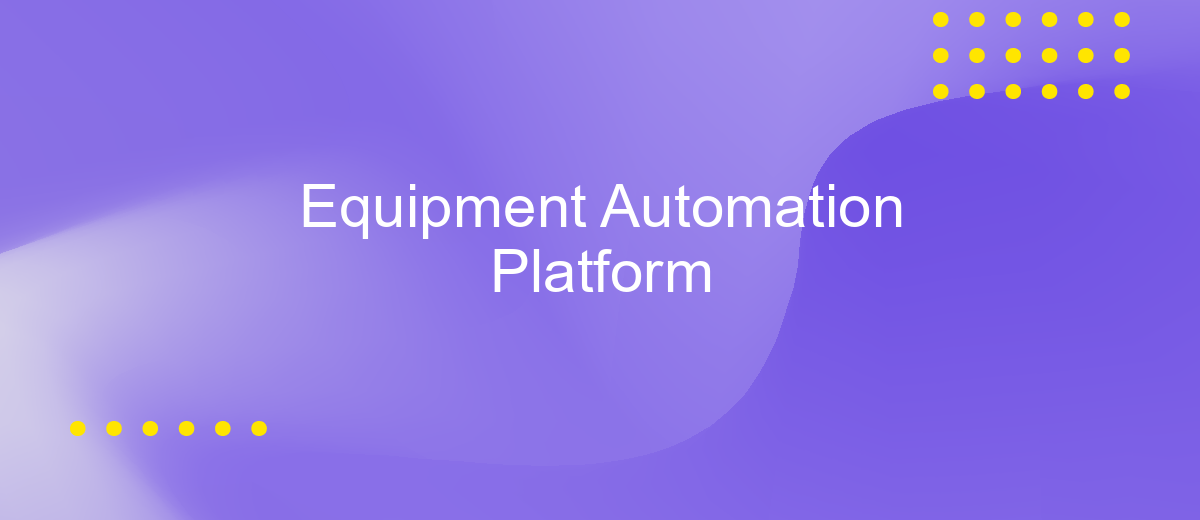Equipment Automation Platform
In today's rapidly advancing technological landscape, the integration of automation into equipment management has become essential for enhancing operational efficiency and productivity. An Equipment Automation Platform offers a comprehensive solution that streamlines processes, reduces human error, and optimizes resource utilization. By leveraging cutting-edge technologies, businesses can achieve seamless automation, ultimately driving innovation and maintaining a competitive edge in their respective industries.
Introduction to Equipment Automation Platforms
Equipment automation platforms are revolutionizing industries by streamlining processes and enhancing productivity. These platforms integrate advanced technologies to automate machinery and equipment, reducing the need for manual intervention and minimizing human error. By leveraging sensors, IoT, and AI, they provide real-time data and analytics, enabling informed decision-making and optimizing operational efficiency.
- Improved accuracy and precision in operations
- Increased safety and reduced risk of accidents
- Enhanced scalability and flexibility in production
- Cost savings through reduced labor and energy consumption
- Real-time monitoring and predictive maintenance capabilities
As industries continue to evolve, the adoption of equipment automation platforms is becoming increasingly essential. These systems not only enhance the overall performance of equipment but also contribute to sustainable practices by minimizing waste and conserving resources. By embracing automation, businesses can remain competitive in a rapidly changing market, ensuring long-term growth and success.
Key Features and Benefits

The Equipment Automation Platform streamlines operations through its advanced integration capabilities, allowing seamless connectivity with existing systems. This enhances productivity by automating routine tasks, reducing manual intervention, and minimizing errors. The platform's user-friendly interface ensures that even non-technical staff can configure and manage integrations effortlessly. By leveraging real-time data analytics, it provides actionable insights, enabling informed decision-making and optimizing equipment performance.
One of the standout features is its compatibility with ApiX-Drive, a service that simplifies the integration process. ApiX-Drive facilitates the synchronization of data across various applications, ensuring that information flows smoothly without disruptions. This integration empowers businesses to adapt quickly to changing needs, enhancing operational agility. Furthermore, the platform supports scalability, allowing companies to expand their automation capabilities as they grow. Overall, the Equipment Automation Platform not only boosts efficiency but also offers significant cost savings by reducing the need for manual processes and improving resource allocation.
Types and Architectures of Equipment Automation Platforms

Equipment automation platforms are pivotal in modern industrial settings, offering diverse types and architectures to cater to various operational needs. These platforms streamline processes, enhance efficiency, and ensure precision across different equipment and machinery. By integrating advanced technologies, they provide a seamless interface for controlling and monitoring industrial operations.
- Centralized Architecture: This type involves a single control unit managing multiple devices, offering simplified management but potential single points of failure.
- Distributed Architecture: It features multiple control units across different locations, enhancing reliability and scalability while being more complex to manage.
- Modular Architecture: This flexible approach allows adding or removing modules without affecting the entire system, ideal for evolving operational needs.
- Cloud-Based Platforms: Leveraging cloud technology, these platforms offer remote access, scalability, and real-time data analytics, crucial for modern industries.
Each architecture type presents unique advantages and challenges, making the choice dependent on specific operational requirements, budget, and desired scalability. As technology progresses, hybrid models combining elements from different architectures are emerging, offering tailored solutions to meet the dynamic demands of the industrial landscape.
Implementation and Integration

The successful implementation of an Equipment Automation Platform requires a strategic approach that encompasses both technical and operational aspects. Initial planning involves a comprehensive assessment of existing systems and workflows to identify integration points and potential challenges. This ensures that the platform aligns seamlessly with current processes, minimizing disruptions and maximizing efficiency.
Integration involves the deployment of software and hardware components tailored to the specific needs of the facility. This phase requires close collaboration between IT specialists, engineers, and operational staff to ensure that all aspects of the platform work harmoniously. Testing and validation are crucial steps to verify that the system meets performance expectations and adheres to industry standards.
- Conduct a thorough analysis of current equipment and processes.
- Develop a detailed implementation roadmap with timelines and milestones.
- Engage stakeholders from various departments for cross-functional collaboration.
- Perform rigorous testing to ensure system reliability and accuracy.
Once the platform is fully integrated, continuous monitoring and feedback loops are essential to maintain optimal performance. Regular updates and maintenance schedules should be established to address any emerging issues promptly. This proactive approach ensures that the Equipment Automation Platform remains a valuable asset in enhancing productivity and operational efficiency.
Future Trends and Considerations
The future of Equipment Automation Platforms is poised for significant transformation, driven by advancements in artificial intelligence and the Internet of Things (IoT). These technologies are expected to enhance the capabilities of automation platforms, allowing for more sophisticated predictive maintenance and real-time monitoring. As AI algorithms become more refined, they will enable equipment to self-diagnose and even self-repair, reducing downtime and operational costs. Moreover, IoT integration will facilitate seamless communication between devices, creating a more interconnected and efficient system.
Integration flexibility will be crucial as businesses seek to streamline operations by connecting diverse systems. Services like ApiX-Drive are becoming increasingly important, offering user-friendly solutions for integrating various applications and automating workflows without the need for extensive coding knowledge. As the demand for customized automation solutions grows, platforms will need to offer more scalable and adaptable features. Additionally, considerations around data security and privacy will be paramount, as the increased connectivity of devices presents new vulnerabilities. The evolution of Equipment Automation Platforms will undoubtedly focus on creating more secure, efficient, and intelligent systems.
FAQ
What is an Equipment Automation Platform?
How does an Equipment Automation Platform improve operational efficiency?
Can an Equipment Automation Platform integrate with existing systems?
What are the key features to look for in an Equipment Automation Platform?
How can I set up and implement an Equipment Automation Platform?
Routine tasks take a lot of time from employees? Do they burn out, do not have enough working day for the main duties and important things? Do you understand that the only way out of this situation in modern realities is automation? Try Apix-Drive for free and make sure that the online connector in 5 minutes of setting up integration will remove a significant part of the routine from your life and free up time for you and your employees.

